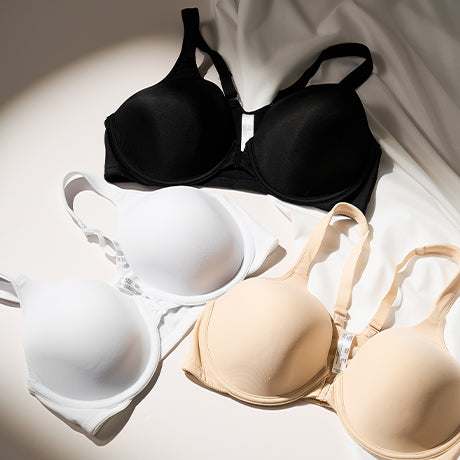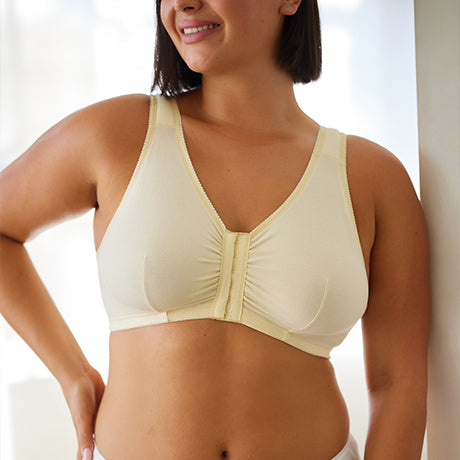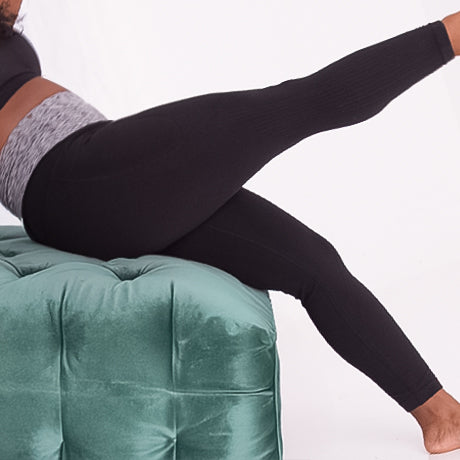Breastfeeding with Inverted Nipples
You may have thought a lot about the shape of your breasts over the years, but what about the shape of your nipples? Your nipples are just as unique as your breasts themselves. Some women have inverted nipples, which are completely normal and fairly common. It is estimated that approximately 30% of women have inverted nipples and in general, inverted nipples are not a problem. However, breastfeeding with inverted is sometimes challenging.
 The good news is that in most cases, moms with inverted nipples can still breastfeed their babies. It may take a little more work, but breastfeeding with inverted nipples is usually still possible depending on the degree of inversion. Also, breasts operate independently of one another so typically a woman will not have two inverted nipples. That will make breastfeeding easier on at least one side.
The good news is that in most cases, moms with inverted nipples can still breastfeed their babies. It may take a little more work, but breastfeeding with inverted nipples is usually still possible depending on the degree of inversion. Also, breasts operate independently of one another so typically a woman will not have two inverted nipples. That will make breastfeeding easier on at least one side.
Inverted nipples occur when the nipple does not stand erect and protrude from the breast but rather is retracted. To determine whether or not you have an inverted nipple, pinch your areola inward towards your nipple. If the stimulation causes your nipple to stand erect, you do not have an inverted nipple. If no change occurs, you probably have a flat nipple. If your nipple retracts, you truly have an inverted nipple. There are different degrees of inverted nipples ranging from slight to moderate to severe.
Inverted nipples are caused by adhesions that link the skin beneath the nipple to connective tissue. Often skin becomes more elastic during pregnancy, especially in the third trimester as your body prepares for breastfeeding. This can cause otherwise inverted nipples to loosen and protrude when stimulated.
Slightly inverted nipples are most likely not a problem during breastfeeding because a healthy baby’s typical vigorous suck will draw out the nipple with proper latch and positioning. This can be the case with moderate to severe inverted nipples as well. Other times mothers need to help the nipple stand erect so babies can latch for adequate feeding.
To draw out the nipple, there are several techniques that may work. First, try pinching the nipple to encourage it to poke out. You can also try the Hoffman Technique that aims to break the connected skin tissue beneath the nipple. This method advises placing your thumbs on either side of your nipples and pulling them apart both horizontally and vertically. The technique should be repeated multiple times daily. If you are worried during pregnancy about how your inverted nipples will affect breastfeeding, try starting this process before your baby arrives.
Other stimulation of inverted nipples may help your baby latch too. Exposure to cold sensations may draw out the nipple. Try putting a nursing pad in the freezer and then placing it on your breast for a few minutes before you nurse your baby. Pumping can also pull inverted nipples out due to the suction from the pump. You can pump for a few minutes prior to breastfeeding to stimulate your nipple. If your inverted nipples will not protrude, continue pumping and feed your baby the breast milk you expressed.
Nipple shields are yet another method of helping your baby latch with inverted nipples. Nipple shields are thin silicone domed discs that fit over the nipple and have holes in them to allow for the flow of breast milk. A lactation consultant can help you determine if a nipple shield is a good option. It may help temporarily until you and your baby get into a breastfeeding groove or until your baby develops a stronger suck. Then you can gradually wean from the nipple shield to allow maximum stimulation of the breast for a healthy milk supply.
Premature babies and some newborns may not have a vigorous suck at first, which can make breastfeeding with inverted nipples difficult. But as your baby matures and her mouth gets stronger, she will increase strength in her suck and breastfeeding will likely become much easier.
Try to feed your baby every two to three hours to avoid engorgement as that may make breastfeeding with inverted nipples more challenging. If your nipples become very sore from your baby trying to latch onto an inverted nipple, continue pumping until you can return to breastfeeding. The good news is that inverted nipples typically get better with each pregnancy so subsequent children don’t experience the same difficulty as the first.
Also remember that breastfeeding is not just about the nipple itself. It’s about the entire areola that releases milk. If your baby is properly latched, she will be getting milk from multiple holes during a feeding. Gage your breastfeeding success based on whether or not your baby is gaining weight, soiling diapers and seems satisfied after nursing.
Sources: Breastfeeding Basics and LaLecheLeague
The post Breastfeeding with Inverted Nipples appeared first on Leading Lady.




